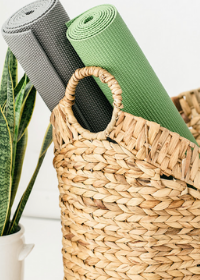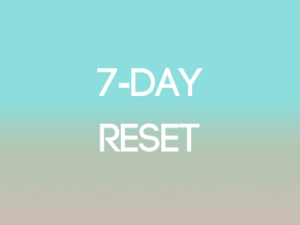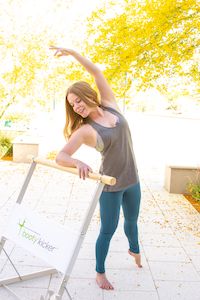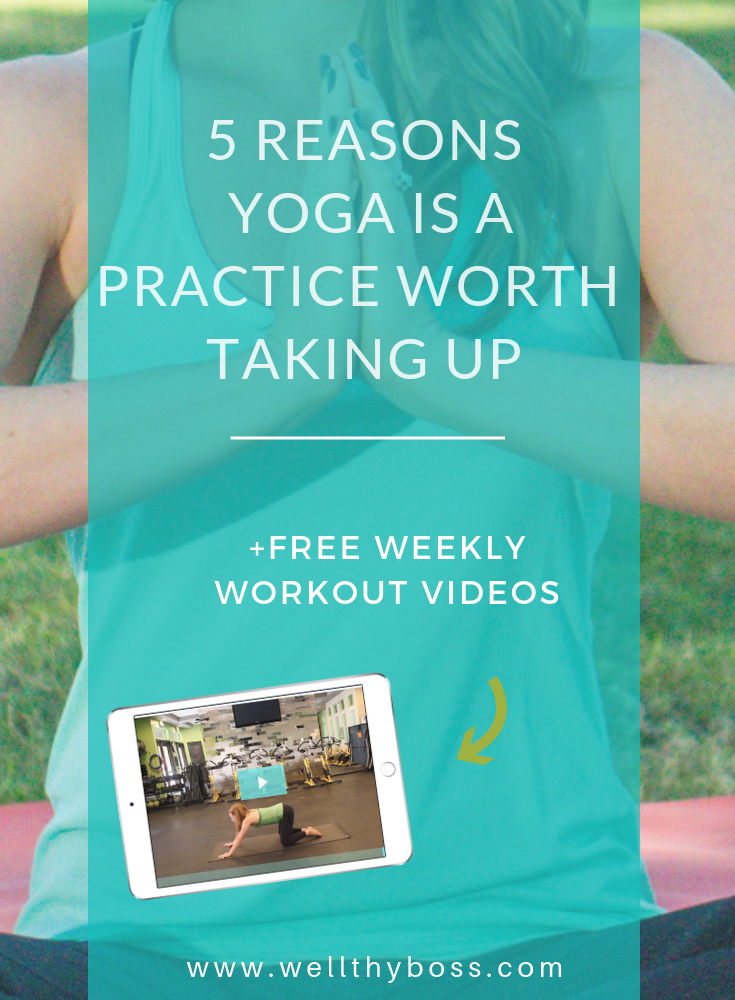
Podcast: Play in new window | Download
Subscribe: RSS
#1. It Calms You Down
I don’t know many entrepreneurs who wouldn’t benefit from becoming a little better at chilling out.
Anxiety, ambition, perfectionism–these are all common traits that many of us seem to have in common. (It’s what makes us want more out of life in the first place!)
But living in a constant state of panic or overdrive A.) sucks, and B.) actually makes us less effective in our ambitions anyway.
Yoga is famous for helping people calm the heck down, enjoy the present moment, and feel more peace.
(I want the t-shirt with the meme that says “I do yoga because punching people in the face is generally frowned upon.”)
It’s not just the placebo effect, either. There are defined scientific mechanisms at play during yoga that cause us to feel more serene.
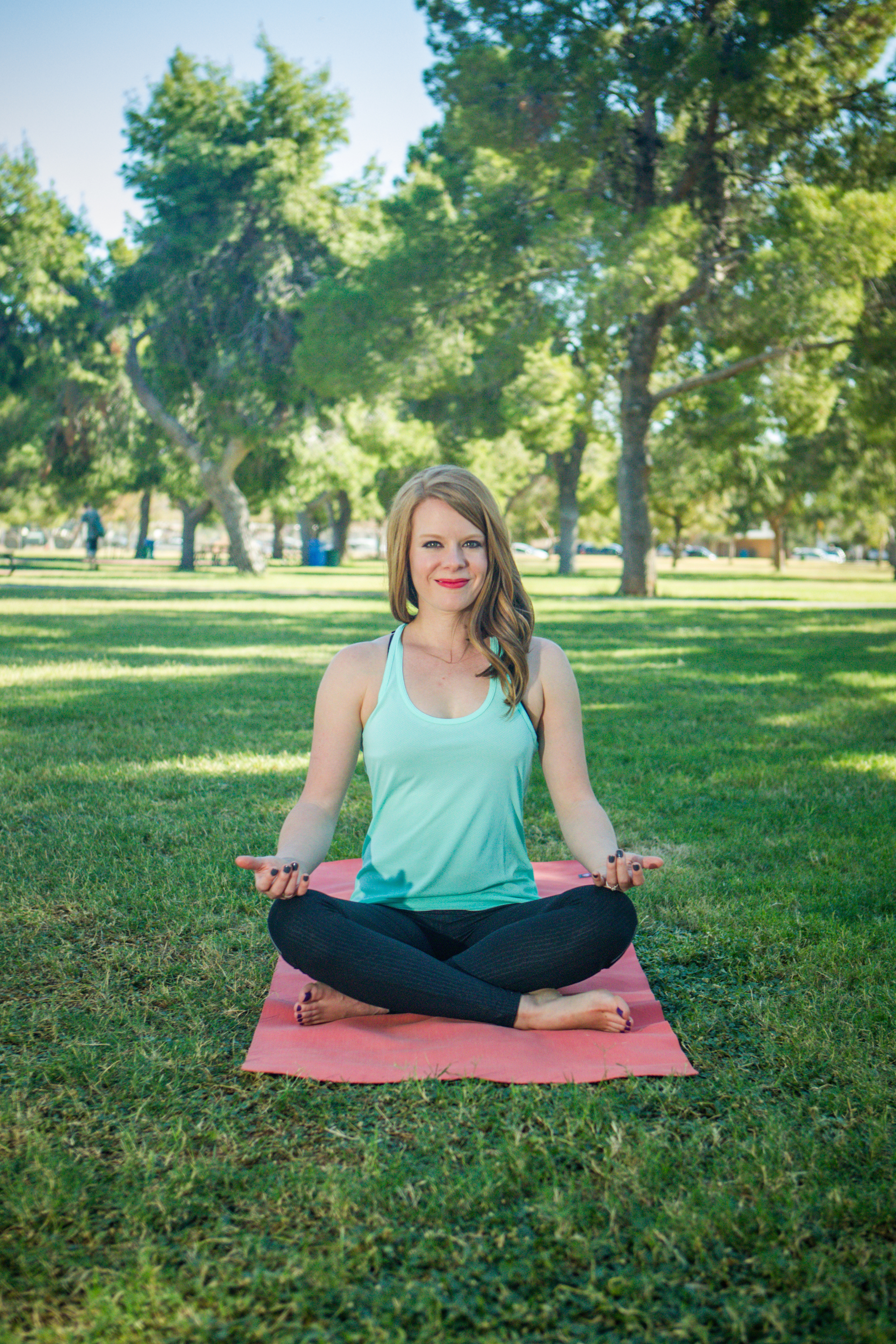
Yoga counteracts the levels of inflammation in the body that are otherwise exacerbated by stress.
According to Jonathan Greenberg, PhD, a postdoctoral research fellow in the department of psychiatry at Massachusetts General Hospital and Harvard Medical School, yoga is thought to balance out the HPA axis (or hypothalamic-pituitary-adrenal axis).
The HPA axis is the master control center which is responsible for keeping both your Sympathetic Nervous System (otherwise known as the “fight or flight” response) and Parasympathetic Nervous System (lovingly referred to as “rest and digest” mode) at healthy, appropriate levels of function.
Practicing yoga also has a measurable effect on reducing the reactivity of your amygdala–the more primitive part of your brain that operates on emotion and self-preservation instead of rational thought. (i.e., the part of your mind that freaks out whether it has good cause to or not). Source: NBC News
Still not convinced? Yoga has been used as effective therapy for both prison inmates as well as veterans suffering from PTSD.
If it can help soothe everyone from war-ravaged soldiers to violence-driven criminals, I’m pretty sure it can help even you. 😉
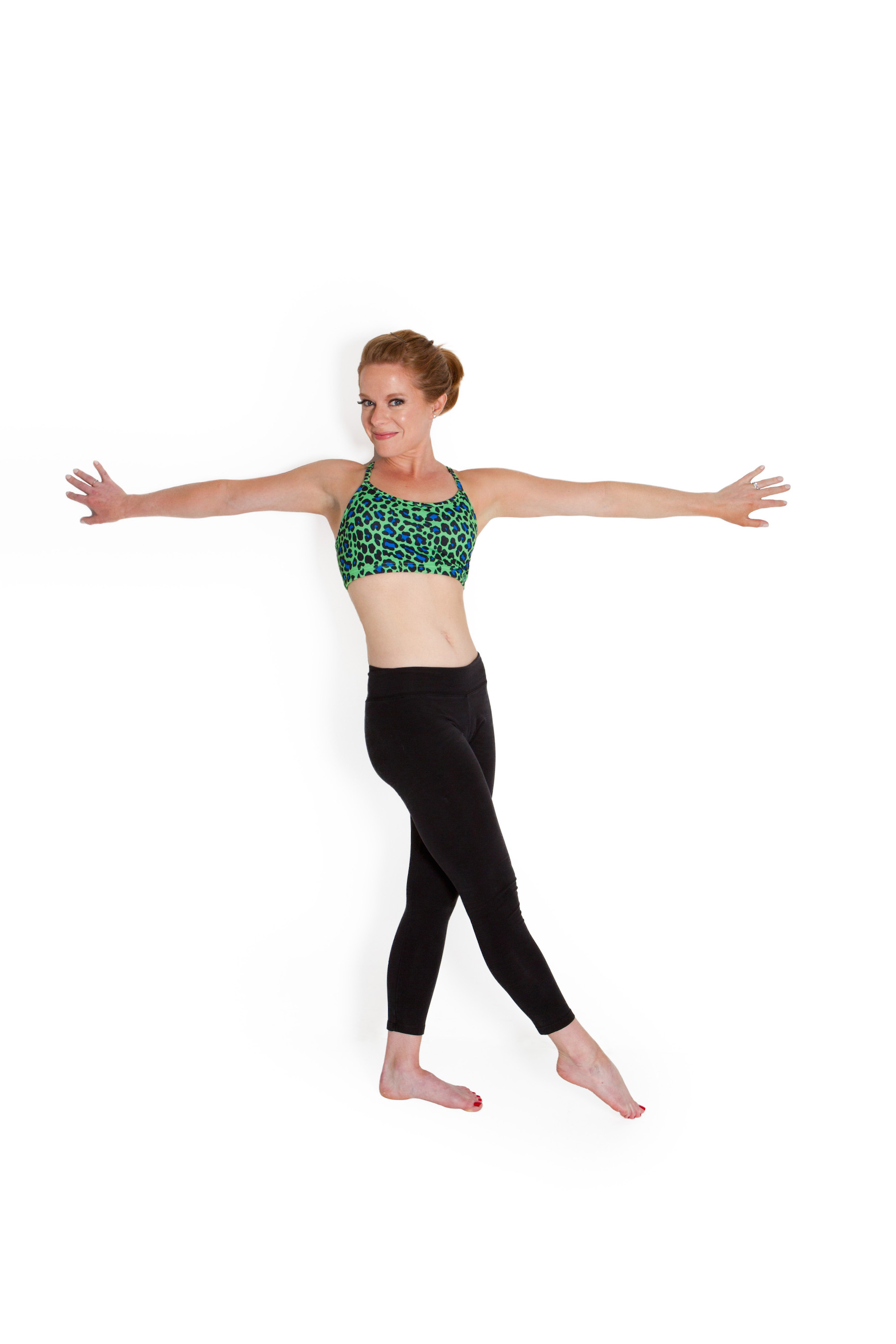
#2. It’s Anti-Aging
No trip to the med-spa required.
Yoga has a proven effect on decelerating the aging process–from gray hairs and wrinkles all the way to cognitive decline–by its ability to lengthen our telomeres.
Telomeres are the end caps of our DNA that set the cadence for how quickly cells will die. The longer the telomere, the longer it takes for the physical and mental signs of aging to occur.
But telomere length is not totally determined by genetics. How we have lived in the past (and more importantly, how we choose to live going forward) can actually reverse the aging process by assigning length to these DNA endcaps.
According to the Journal of Clinical and Diagnostic Research, the meditative aspects of yoga practice compound to lengthen our telomeres and thus keep us looking and feeling younger for longer.
In addition to the telomere impact, yoga has also been widely demonstrated through MRI scans to improve gray matter in the brain–particularly in regions like the hippocampus, which is linked with our memory ability.

#3. It Leads To Better Nutrition
According to studies like those performed by the Fred Hutchinson Cancer Research Center, yoga is scientifically proven to enhance the level of mindfulness with which we eat, which in turn leads to healthier levels of body fat as well as an array of other positive benefits of eating more healthfully. (Source: Science Daily)
Practicing yoga and the mindfulness that it cultivates creates a virtuous ripple effect of wanting to do more and more good things for our body–like eating to nourish ourselves instead of to stuff down or deny our feelings.
Continuing down this positive Domino chain, eating what our body needs in a way that’s fueled by self-love and sustainability improves other major areas in our lives–better digestion, reduced bloating, less inflammation, better mood, sharper focus, and even greater psychological health.
For more on this, check out my blog post Research Shows: Do Yoga = Eat Better
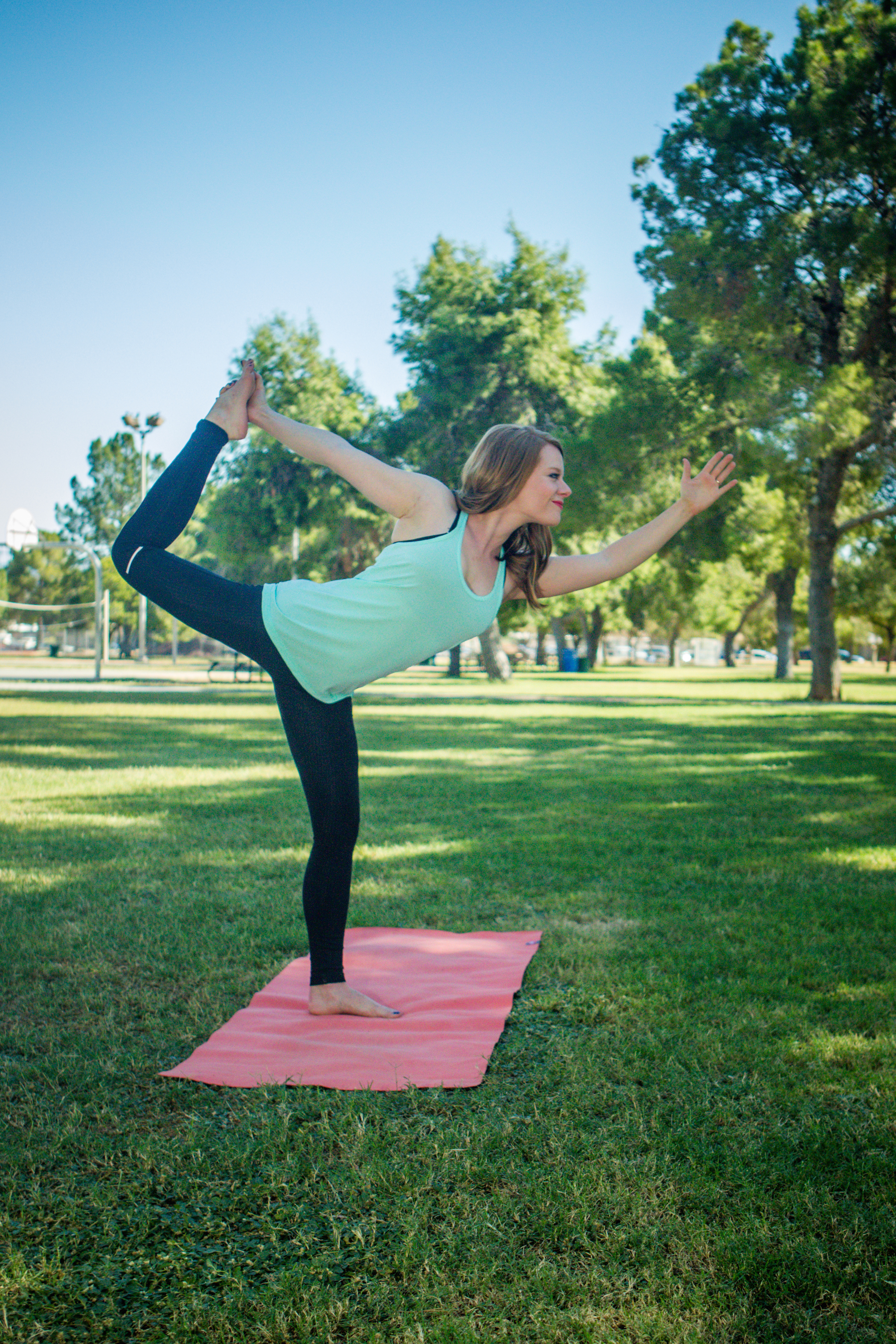
#4 Yoga Can Be Whatever You Need It To Be
This is the part that I’m most passionate about breaking down for people, both as a yoga instructor and a yoga enthusiast.
If you’ve avoided yoga in the past because you think it’s all just a bunch of boring stretching and breathing, you’ve been in the wrong yoga class.
If I could write that in any bigger of a font and not be weird, I would! That’s how strongly I feel about people finding the right yoga practice for them.
Yoga is all things to all men, and its practice can encompass every range of physical ability and physical challenge that you can possibly imagine.
At the yoga studio my husband used to run (FYI, we met through yoga), he had former NFL players tell him that his yoga class was the hardest workout they’d ever been through.
Yoga can be practiced sitting in a chair with hardly any movement, or it can be practiced while sweating buckets and torching calories through major sculpting and cardiovascular work.
It all comes down to which modality of yoga you practice and the teaching style of the instructor.
Although the number of styles or “kinds” of yoga can range in the dozens, here are some rough guidelines about what to expect from some of the major modalities:
- Vinyasa or Power Yoga–Vigorous physical practice that requires and develops muscular strength in a flowing sequence of poses
- Yin or Restorative Yoga–While these two types each serve very specific purposes (yin is more focused on increasing flexibility, while restorative focuses more on deep relaxation and muscular release), both of these styles lean towards very calming and slow moving (i.e., holding the same gentle poses for anywhere from 1-5 minutes)
- Hatha Yoga–There’s much debate about what actually defines hatha yoga, or if it’s just a catch-all term for a physical practice, but generally hatha yoga refers to a gentle beginner-appropriate practice that may involve some static holds and a bit of muscular strength, without a vigorous or complicated repetition of poses
- Bikram Yoga/Hot Yoga–Bikram yoga follows the exact same sequence of poses every time and, like its many offshoots of hot yoga, takes place in 105+ temps, supposedly for the purpose of detoxifying the body through sweat. I’m not a fan, as there’s little scientific backing behind its claims and can actually impair you from giving an all-out effort by prematurely fatiguing you before your muscles would otherwise be ready to give up.
- Kundalini/Ashtanga Yoga–while again, these are two very different practices with unique histories, they both share in common that they are heavily focused on a long lineage of tradition, spirituality, and inceptor
#5 Yoga Makes You Better at Business
According to a study from University of Illinois, practicing yoga increases accuracy and reaction times on cognitive tests, and what’s more so, it does that even better than other forms of exercise like running.
Yoga makes you better at problem solving, too. I know I’ve solved many a quandary in my business while on the mat!
Practicing yoga literally makes you look at your environment from a different perspective–which can pay off in terms of mental flexibility as well!
Yoga also increases alpha brain waves, which are essential for dipping into a state of creativity.
So have I convinced you to give yoga another try?
I sure hope so!
If you’re eager to get started, I invite you to put it to the test by downloading my free 25-Minute Yoga + Cardio Circuit Video!
GET MY FREE YOGA + CARDIO WORKOUT VIDEO!


